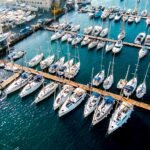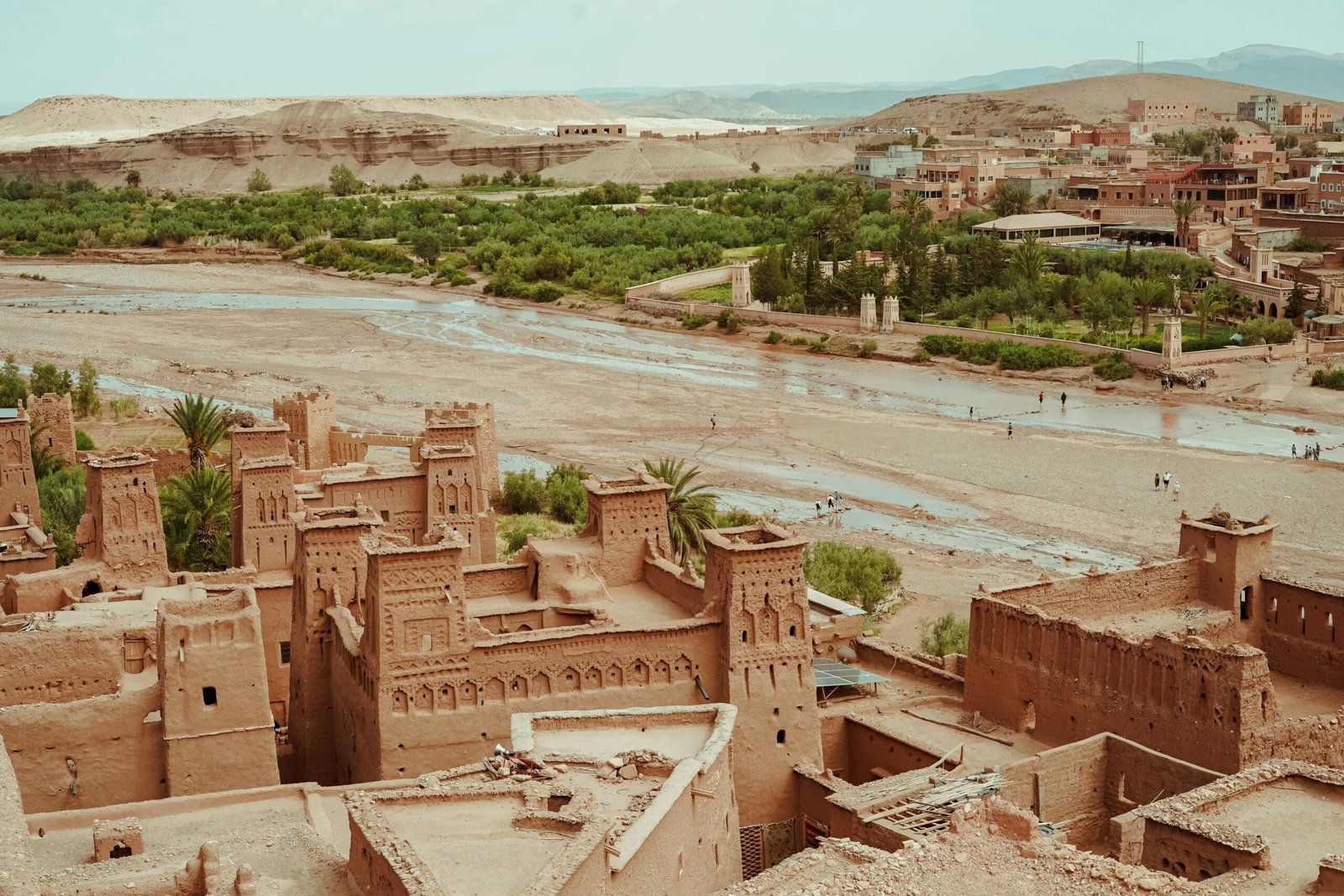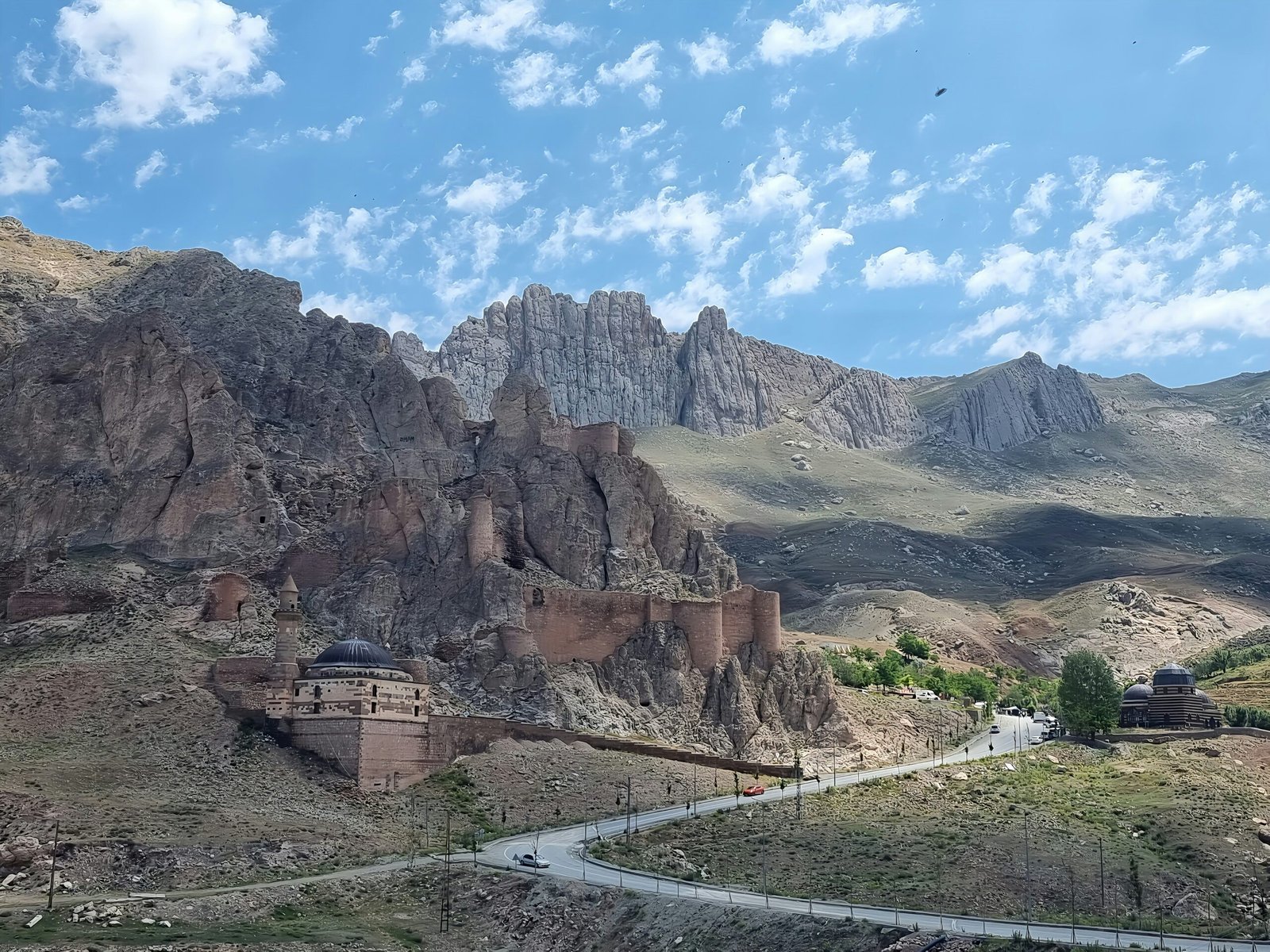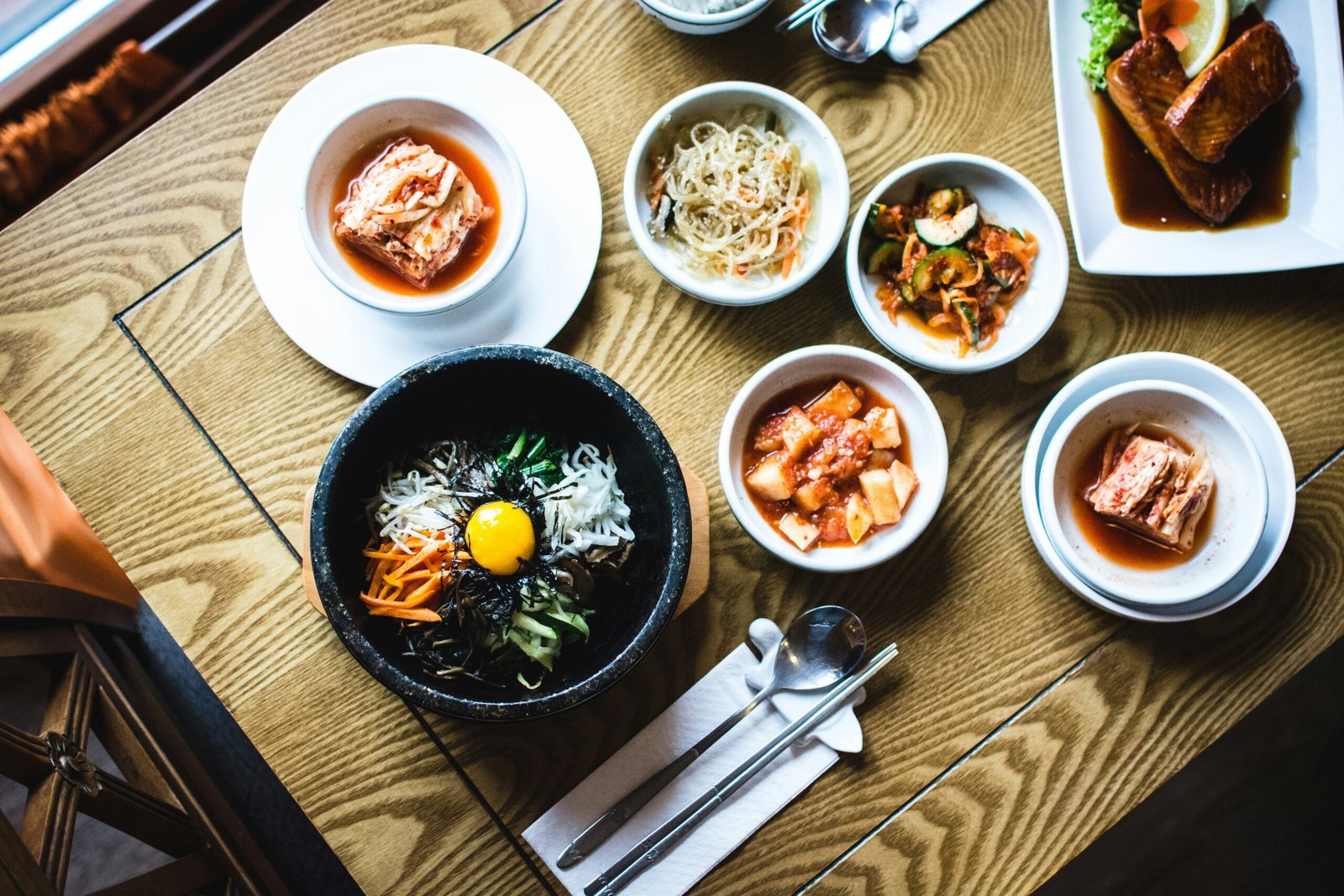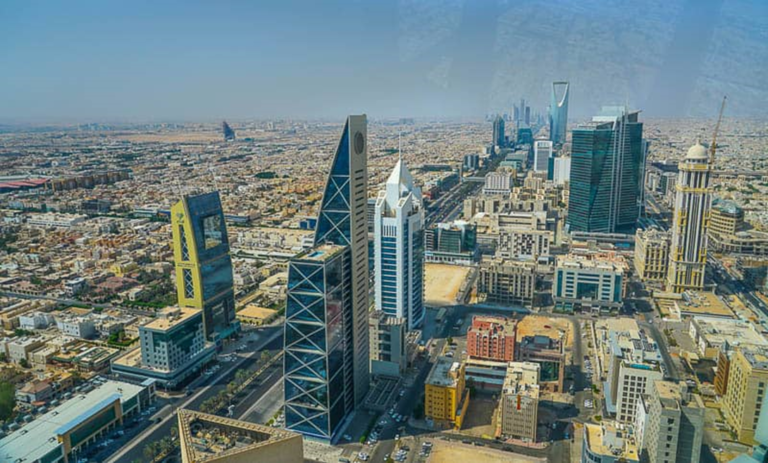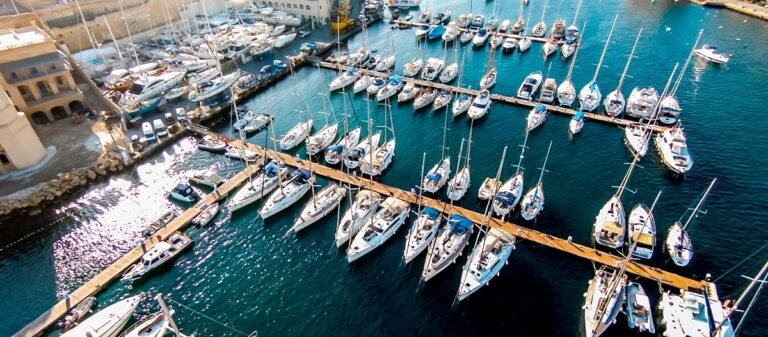Introduction to Self-Guided Safaris in Namibia
Self-guided safaris in Namibia present an extraordinary opportunity for travelers seeking to immerse themselves in the diverse landscapes and rich wildlife of this captivating nation. In contrast to conventional guided safaris, a self-guided approach allows explorers the freedom to set their own itineraries, enabling them to engage with Namibia’s breathtaking natural wonders at their preferred pace. This unique experience is well-suited to those who prefer autonomy, providing ample time to appreciate the striking beauty that surrounds them.
Namibia boasts an array of attractions that cater to various interests, making it an ideal destination for adventurous spirits. The Namib Desert, known for its iconic red sand dunes, offers a stark yet stunning landscape that incites awe in every visitor. The tallest dunes, Sossusvlei and Deadvlei, are particularly popular spots for photography and sunrise excursions. Wildlife enthusiasts will find solace in Etosha National Park, home to a plethora of species ranging from elephants to rare black rhinos. Here, travelers can navigate the park’s roads to seek out wildlife at their own discretion, engaging in the thrill of wildlife observation.
Another captivating element of Namibia’s geography is the Skeleton Coast, renowned for its dramatic shoreline and shipwrecks that tell tales of maritime history. The combination of rugged coastlines and desolate landscapes provides a stark contrast to the arid desert, catering to diverse explorations within the same journey. As travelers venture through these varied terrains, they will find that each region possesses unique flora and fauna, reinforcing the sense of adventure and discovery inherent in self-guided safaris.
With so much natural beauty and wildlife to experience, it becomes essential to prepare adequately for the journey ahead. Proper packing will enhance the safari experience and ensure that travelers can navigate Namibia’s varied environments comfortably and confidently.
Choosing the Right Gear
When planning a self-guided safari in Namibia, the selection of gear is crucial to ensure a safe and enjoyable experience. Travelers should prioritize lightweight and durable options to accommodate the diverse terrain, which ranges from arid deserts to rugged mountains. Tents serve as the foundation of any camping excursion, and it is advisable to choose a model that is both easy to set up and capable of withstanding different weather conditions. Ideally, a two or three-person tent provides ample space while remaining manageable to transport.
Sleeping bags are another essential item that should not be overlooked. Given Namibia’s fluctuating temperatures, selecting a sleeping bag with appropriate insulation and temperature ratings is important for comfort during the nights. Look for sleeping bags that are light enough to carry yet provide adequate warmth to withstand the cooler evenings in the wilderness.
Additionally, cooking equipment is a vital aspect of your gear. A compact cooking system that includes a portable stove, fuel, and cooking utensils can significantly enhance the overall safari experience. When choosing cookware, consider items made of lightweight materials such as aluminum or titanium, which combine functionality with easy portability. Waterproof bags or containers can also help protect food supplies from the elements and wildlife.
It is also advisable to invest in quality hiking gear, including sturdy boots and moisture-wicking clothing, to ensure comfort during long treks. Accessories such as hats, sunglasses, and sunblock are essential to protect against Namibia’s intense sun. While packing, one must keep in mind the necessity of maintaining a balance between carrying enough supplies and ensuring that the load remains manageable throughout the journey.
Clothing Essentials for Different Climates
Namibia’s diverse climates necessitate thoughtful clothing choices to ensure comfort and practicality during a self-guided safari. The country is characterized by varying temperatures and weather patterns, from hot desert conditions to cooler evenings in the higher elevations. Hence, it is imperative to pack clothing that is suitable for such contrasts.
Breathable fabrics are indispensable for the daytime heat, especially when navigating through expansive landscapes like the Namib Desert. Materials such as lightweight cotton or moisture-wicking polyester help in regulating body temperature while also allowing sweat to evaporate. Loose-fitting garments are preferable, as they facilitate airflow and provide comfort during long hours of exploration.
Sun protection is another crucial element when preparing for a safari in Namibia. A broad-brimmed hat, coupled with lightweight long-sleeved shirts and trousers, can significantly reduce sun exposure. It is advisable to choose clothing with UV protection, which enhances defense against harmful rays while offering breathable comfort. Sunscreen should complement these clothing items to safeguard exposed skin.
As temperatures can drop sharply after sunset, packing layers is essential. A light fleece or a warm jacket can provide necessary warmth for cooler evening temperatures while being easy to remove during the warm daytime hours. Layering allows for flexibility, making it feasible to adapt to changing climate conditions throughout the day.
Lastly, sturdy footwear is essential for both comfort and safety during a self-guided safari. Opt for well-fitting hiking boots that provide adequate support and traction for rocky terrains. Closed-toe shoes are recommended, as they protect against rough surfaces and wildlife encounters. Additionally, ensuring that footwear is broken in before the safari is vital to avoid blisters and discomfort.
Navigational Tools and Maps
Embarking on a self-guided safari in Namibia presents a unique opportunity to explore the country’s breathtaking landscapes and wildlife at your own pace. However, navigating these vast and often remote areas requires reliable navigational tools. It is essential to have a combination of GPS devices, printed maps, and mobile applications to ensure a smooth experience.
GPS devices are particularly advantageous as they provide precise location information, which is critical when traversing Namibia’s rugged terrain. Many modern GPS units come preloaded with maps of national parks and off-road trails. This technology allows you to track your route, avoid getting lost, and locate key points of interest. However, it is advisable to complement your GPS with printed maps, as electronic devices can sometimes fail due to battery depletion or signal loss in remote areas.
Printed maps are invaluable for self-guided safaris. They offer a comprehensive overview of the landscape, including roads, water sources, and other notable features that may not be available on digital platforms. Understanding how to read these maps effectively can enhance your ability to navigate off-road. Familiarity with terrain elevations, distances, and road conditions will contribute to a more informed journey.
Additionally, mobile navigation applications can serve as an excellent backup. Many of these apps allow offline access to maps, which is particularly useful when traveling through areas with limited connectivity. Popular GPS applications can also provide real-time traffic updates, showcasing any detours or obstacles along your intended route.
As you plan your safari, it is crucial to prioritize safety. This includes thorough route planning, considering the time required to travel each leg of your journey, and the potential for unpredictable weather conditions. By equipping yourself with the right navigational tools and understanding how to utilize them effectively, you can enjoy the freedom of a self-guided safari while minimizing risks associated with navigation in Namibia’s stunning wilderness.
Food and Water Storage Solutions
When embarking on a self-guided safari in Namibia, adequate food and water storage is paramount for ensuring nutrition and hydration in the arid environment. The right solutions not only contribute to a healthy diet but also enhance the overall safari experience. Firstly, portable cooking systems have gained popularity among travelers. These compact and lightweight options often include fuel-efficient stoves, which allow for meal preparation with minimal resources. Solar cookers can also be an excellent choice since Namibia enjoys abundant sunlight, providing a sustainable alternative for cooking while conserving fuel.
Another factor to consider is how to safely store food during the trip. Keeping food fresh is essential to avoid spoilage, particularly in warm climates. Food storage containers made of high-quality, insulated materials are highly recommended. Utilizing airtight containers minimizes exposure to air, while cooler bags designed for portable use can keep perishables chilled for extended periods. Additionally, dehydrated and freeze-dried meals can be practical due to their lightweight nature and long shelf life. These options are ideal for maintaining proper nutrition, as they can be reconstituted with just water.
Water management is equally crucial. Carrying sufficient water is necessary given Namibia’s dry climate. Portable water storage systems, including collapsible water containers and hydration packs, facilitate easy transportation. It’s advisable to fill these containers with treated or purified water to ensure safety. Furthermore, consider installing a water filtration system that allows for the collection and treatment of natural water sources encountered during the safari. This not only aids in conserving water but also reduces the reliance on single-use plastic bottles. Ultimately, implementing efficient food and water storage solutions will ensure that your safari adventure remains enjoyable and safe.
Wildlife Safety and First Aid Kits
When embarking on a self-guided safari in Namibia, understanding wildlife safety is paramount. The interaction with various species, such as elephants, lions, or even smaller animals, necessitates knowledge of appropriate behaviors and precautions to minimize risks. To ensure your safety amidst the captivating wildlife, always maintain a safe distance from animals, never approach them, and observe their body language for signs of aggression. Additionally, it is critical to adhere to park regulations and guidelines to protect both yourself and the wildlife.
A well-stocked first aid kit is an essential item for any safari enthusiast. This kit can significantly alleviate potential medical emergencies effectively. Key components of a first aid kit should include adhesive bandages for minor cuts, antiseptic wipes, a sterile gauze pad, adhesive tape, antiseptic ointment, and pain relief medication like ibuprofen or aspirin. Also, consider including tweezers for removing splinters, scissors for cutting bandages or clothing, and an emergency thermal blanket. For those venturing into areas with a higher risk of insect bites, insect repellent and antihistamines are advisable to combat allergic reactions.
In addition to having a comprehensive first aid kit, it is also crucial to prepare for any wildlife encounters. Should you find yourself in a situation where an animal approaches too closely, remaining calm and backing away slowly is essential. If a wild animal charges, do not run; instead, stand your ground or find cover if possible. Finally, ensure you have means of communication available to call for help should an emergency arise. Informing a trusted person of your itinerary can be beneficial as well. Ultimately, preparedness is the key to enjoying a safer and more rewarding wildlife experience during your Namibian safari.
Electronics and Photography Equipment
Embarking on a self-guided safari in Namibia presents a unique opportunity to capture the breathtaking landscapes and remarkable wildlife that inhabit this stunning country. To make the most of this experience, it is essential to equip yourself with the right electronics and photography equipment. Choosing a reliable camera is paramount. A DSLR or mirrorless camera is recommended for their versatility and superior image quality. It’s wise to pack a range of lenses; a telephoto lens will enable you to capture distant wildlife without disturbing them, while a wide-angle lens is perfect for scenic shots of Namibia’s expansive vistas.
In addition to cameras, considering the use of drones can significantly enhance your photographic portfolio. Drones offer unique aerial perspectives that can transform your images and provide a comprehensive view of the terrain. However, familiarize yourself with local regulations and respect wildlife to ensure responsible usage.
Power management is another critical aspect when planning your safari. Carrying power banks and solar chargers is advisable to ensure your devices remain charged throughout your journey. Given the remote nature of many areas in Namibia, having backup power sources is essential for both your camera and mobile devices, allowing you to document your adventures without interruption.
Protecting your electronics from the elements is also crucial during a safari. Invest in water-resistant bags or cases for your gear, and always have a microfiber cloth handy to wipe away dust or moisture. When not in use, store your items away from direct sunlight and securely in your vehicle to minimize exposure to extreme temperatures and dust.
By carefully selecting your electronics and photography equipment, and adhering to best practices for power management and protection, you can ensure that your self-guided safari in Namibia will be not only memorable but also well-documented through stunning visual captures.
Personal Items and Travel Documents
When preparing for a self-guided safari in Namibia, the organization of personal items and travel documents is paramount to ensure a smooth and enjoyable experience. Central to your travel preparation is the need for proper identification. A valid passport is essential, and it should be well within the validity period recommended by your destination. In addition to your passport, verify whether a visa is required for your entry into Namibia. Depending on your nationality, this may involve applying in advance or acquiring it upon arrival.
Travel insurance is another critical document. Safeguarding yourself with comprehensive travel insurance will provide peace of mind, allowing you to explore the vast African landscapes without concerns for potential mishaps. Be sure to carry a physical copy of your insurance papers, alongside any emergency contact numbers, as these may be necessary in unforeseen circumstances.
In addition to essential travel documents, personal hygiene items should be included in your packing list. A small travel-sized toiletries kit is advisable, incorporating items such as biodegradable soap, sunscreen, insect repellent, and hand sanitizer. These products will not only help maintain your health during the trip but also respect the environment, especially in fragile ecosystems that you will encounter on your safari.
Furthermore, keeping your important documents like your passport, visas, insurance papers, and even copies of these documents secure and easily accessible is crucial. Utilize a travel organizer or a waterproof pouch that can be worn on your person. This practice will reduce the risk of loss while also being convenient during your safari adventures. By meticulously arranging these personal items and essential travel documents, you pave the way for a more seamless and enjoyable self-guided safari in Namibia.
Conclusion and Final Packing Tips
Embarking on a self-guided safari in Namibia is an exciting adventure that offers the opportunity to explore diverse landscapes and observe wildlife in its natural habitat. To ensure a successful expedition, it is imperative to carefully consider your packing essentials. As outlined, vital items such as appropriate clothing, essential footwear, reliable navigation tools, and a comprehensive first aid kit should hold precedence on your list. Moreover, do not overlook the importance of sun protection and necessary outdoor gear to enhance your overall experience in the Namibian wilderness.
When confirming your packing list, tailor it to meet your personal preferences and the unique circumstances surrounding your safari. For instance, if you have special dietary requirements, consider bringing along supplementary snacks or specific food items. Alternatively, if you anticipate engaging in photography, allocate space for your camera equipment to capture the stunning vistas and wildlife encounters you will undoubtedly encounter.
It is also wise to stay updated on the local climate and conditions, as this can significantly influence the types of clothing and equipment you will require. Ensuring that your items are lightweight and easily transportable will be beneficial, as self-guided safaris often entail navigating between various locations. Additionally, remember to check the regulations regarding the import of items such as food, so as to comply fully with local laws while reducing unnecessary weight in your pack.
In conclusion, thorough planning and strategic packing are paramount in enjoying a self-guided safari in Namibia. By adhering to these guidelines and customizing your packing list to align with your needs and interests, you will enhance your overall safari experience and create lasting memories in one of Africa’s most magnificent destinations.



